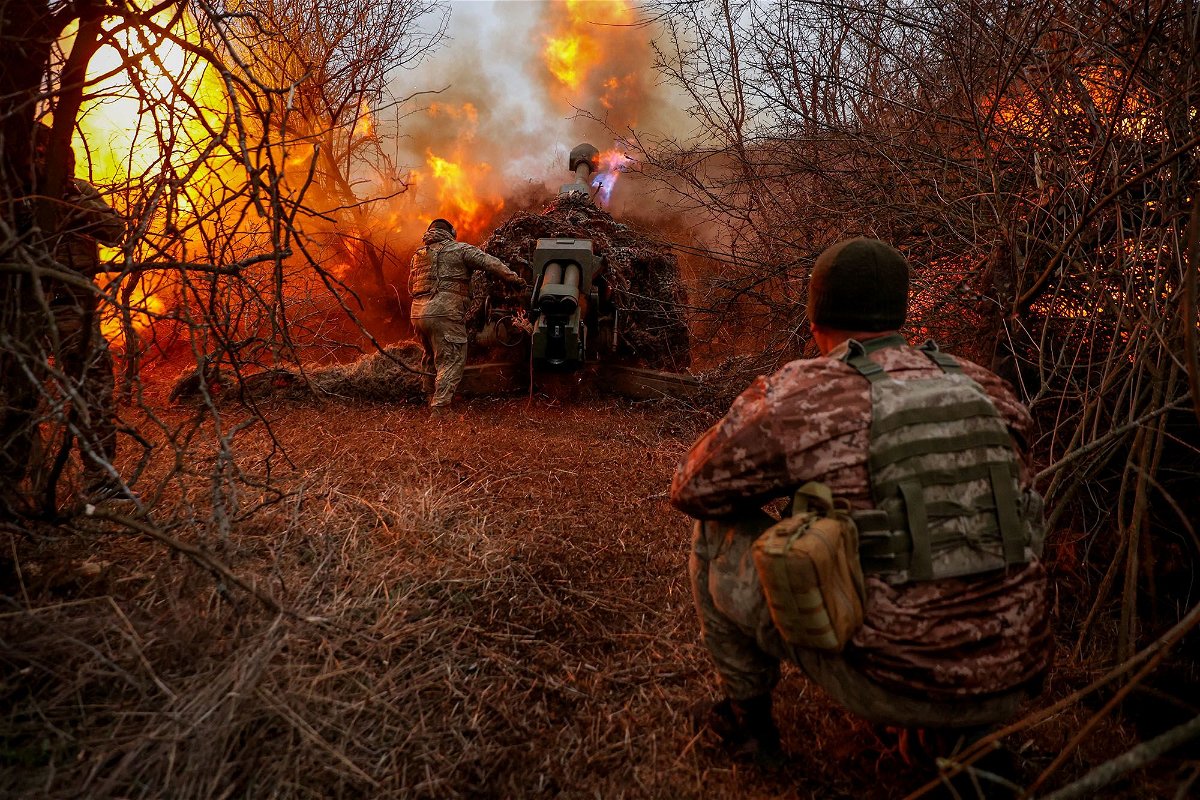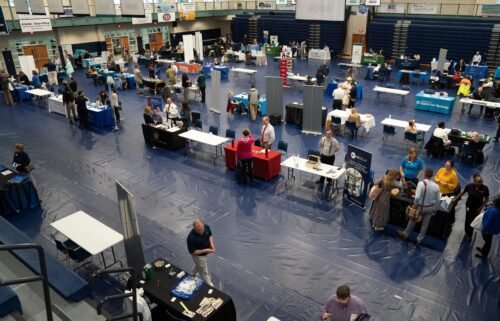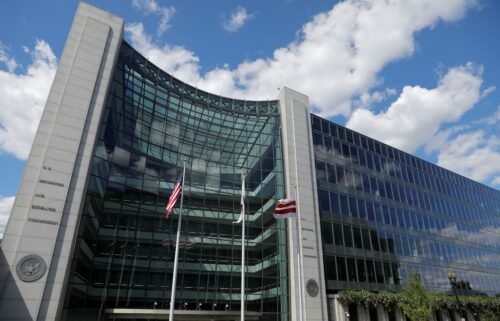EU leaders endorse plan to tap frozen Russian assets to arm Ukraine

Ukrainian soldiers fire a D-30 howitzer towards Russian troops in Kherson region
London (CNN) — European Union leaders have endorsed a proposal to use windfall profits on frozen Russian financial assets to assist Ukraine, including spending as much as $3 billion a year on arms and ammunition for the country.
The leaders agreed Thursday to further develop the plan presented by the European Commission. The EU will now need to come up with mechanisms to deliver the aid that take account of misgivings among some militarily neutral member states such as Austria, Ireland and Malta.
“We are determined to act very quickly,” Charles Michel, who chairs the council of EU leaders, said at a press conference late Thursday.
The proposal goes further than a previous EU plan — crafted in late 2023 and agreed in principle last month — to use the interest payments and other profits accumulating in accounts in Brussels to help rebuild Ukraine.
A “growing majority” of European countries were “pleading” for these profits to be used for the European Peace Facility, a senior EU official told reporters Tuesday. The facility was launched in 2021 to finance the EU’s defense and military measures globally. Unlike the general EU budget, it can be used to buy arms.
Pressure on EU states to do more to support Ukraine militarily has increased in recent months as the flow of aid from the United States has stalled and Russia has made advances on the battlefield.
The US Senate approved a supplemental bill last month that would have unlocked $60 billion of military aid for Ukraine, but House of Representatives Speaker Mike Johnson refused to bring it to the floor for a vote.
“I’m glad that (EU) leaders endorsed our proposal to use the extraordinary revenue from immobilized Russian assets,” European Commission President Ursula von der Leyen told reporters Thursday, hailing “strong support” among the leaders for using the cash for weapons.
She said money could start flowing by July 1.
But the shift in focus to directly supporting Ukraine’s military rather than using the funds to help rebuild the country is hard to swallow for neutral EU member states such as Ireland and Austria.
Before Thursday’s EU summit, Austrian Chancellor Karl Nehammer told reporters: “There must be a guarantee that money, for which we give our approval, is not spent on weapons and ammunition.”
Speaking to reporters later, he said it was now up to EU officials to come up with ways of using the cash while respecting the position of neutral states.
Making Russia pay
After Russia’s full-scale invasion of Ukraine in February 2022, Western countries froze nearly half of Moscow’s foreign reserves — some €300 billion ($327 billion). Around €200 billion ($218 billion) sits in the EU — mostly at Euroclear, a financial institution that keeps assets safe for banks, exchanges and investors.
Euroclear is accumulating vast amounts of cash because of payments associated with frozen Russian assets. These payments include, for example, interest paid on bonds, known as coupons, or the proceeds generated by securities that mature and are reinvested.
Last month, the group said it had earned €5.2 billion ($5.6 billion) in interest on income generated by sanctioned Russian assets since they were frozen by EU and Group of Seven countries in 2022.
The proposal by the European Commission, the EU’s executive arm, would involve using a special levy to collect the windfall interest income on frozen Russian assets. According to EU foreign policy chief Josep Borrell, the revenue generated from these immobilized assets will be around €3 billion ($3.3 billion) a year.
“I hope that we can reach an agreement soon, and change banknotes into weapons… soldiers don’t fight with banknotes,” Borrell told reporters in Brussels Wednesday. “They need physical arms, they need physical instruments in order to defend (their) people.”
The EU and its allies are determined to make Russia foot part of the colossal bill for rebuilding Ukraine, which official figures published by the European Commission in February put at $486 billion over the next decade.
Ukrainian authorities estimate the country will need around $15 billion this year alone to rebuild energy and transport infrastructure, as well as housing, among other priorities.
Separately, the EU agreed a €5 billion ($5.5 billion) top-up of the European Peace Facility Monday, ringfenced in a dedicated Ukraine Assistance Fund, which will also support the country’s military needs.
James Frater and Benjamin Brown contributed reporting.
The-CNN-Wire
™ & © 2024 Cable News Network, Inc., a Warner Bros. Discovery Company. All rights reserved.


